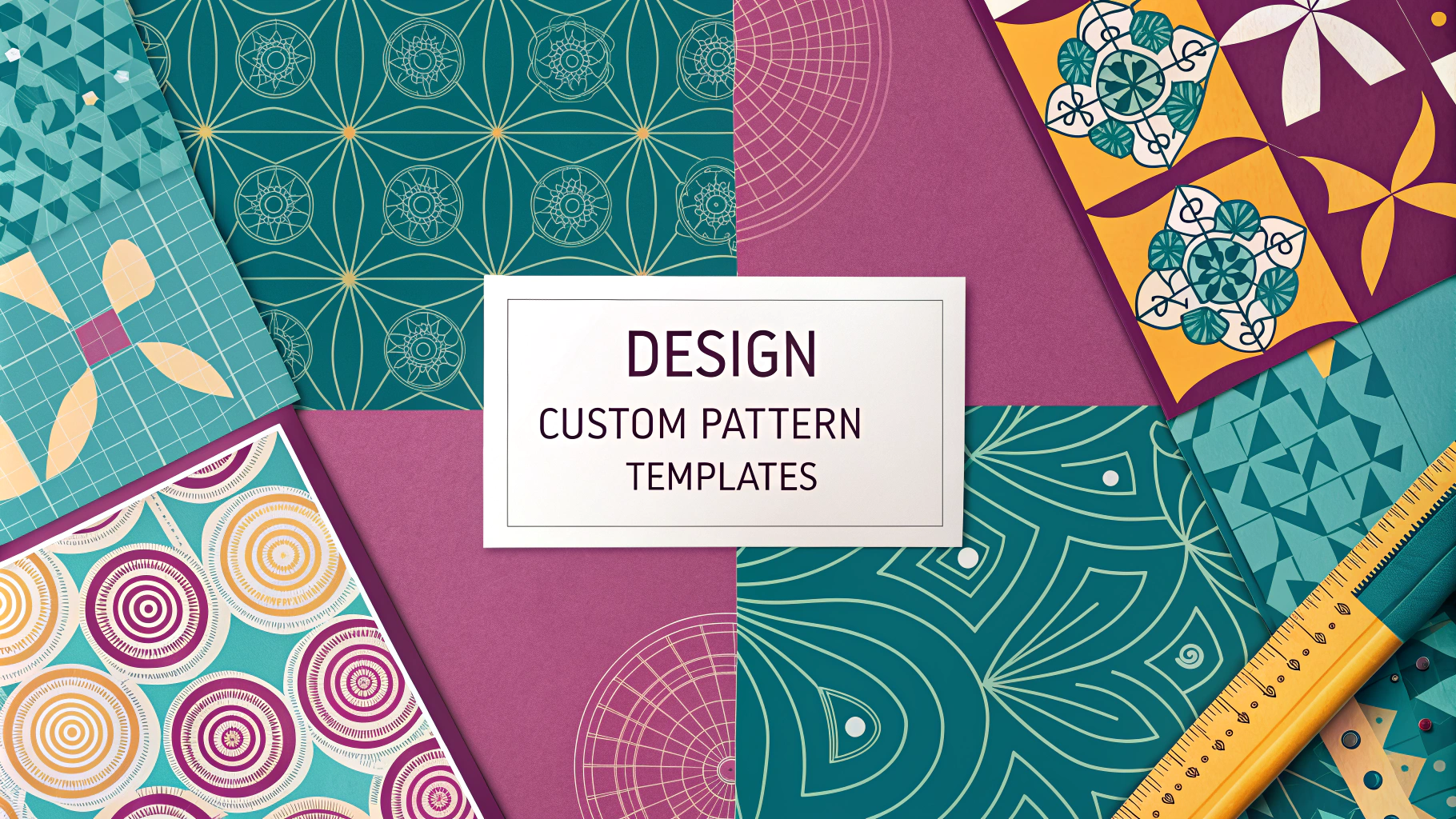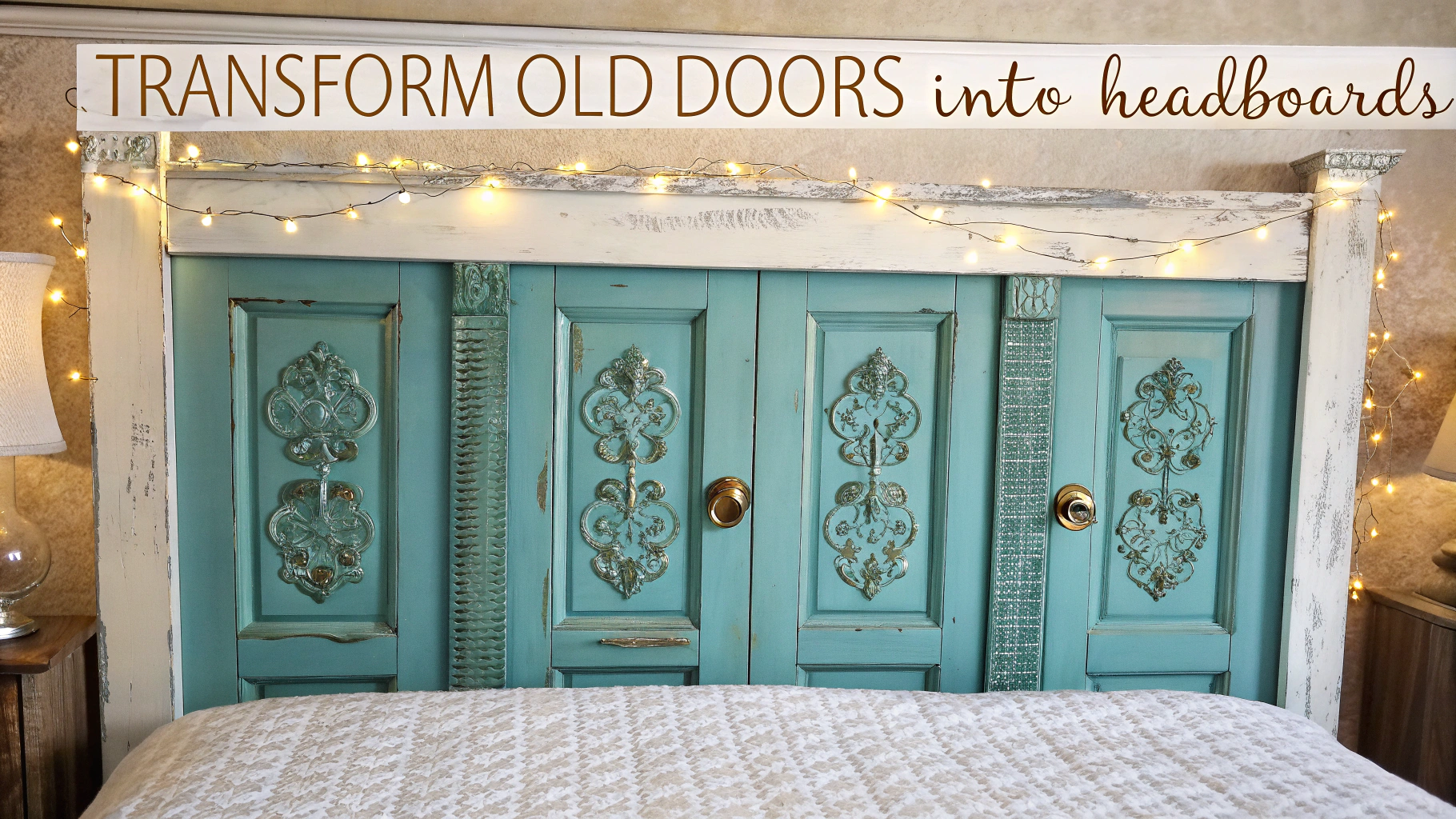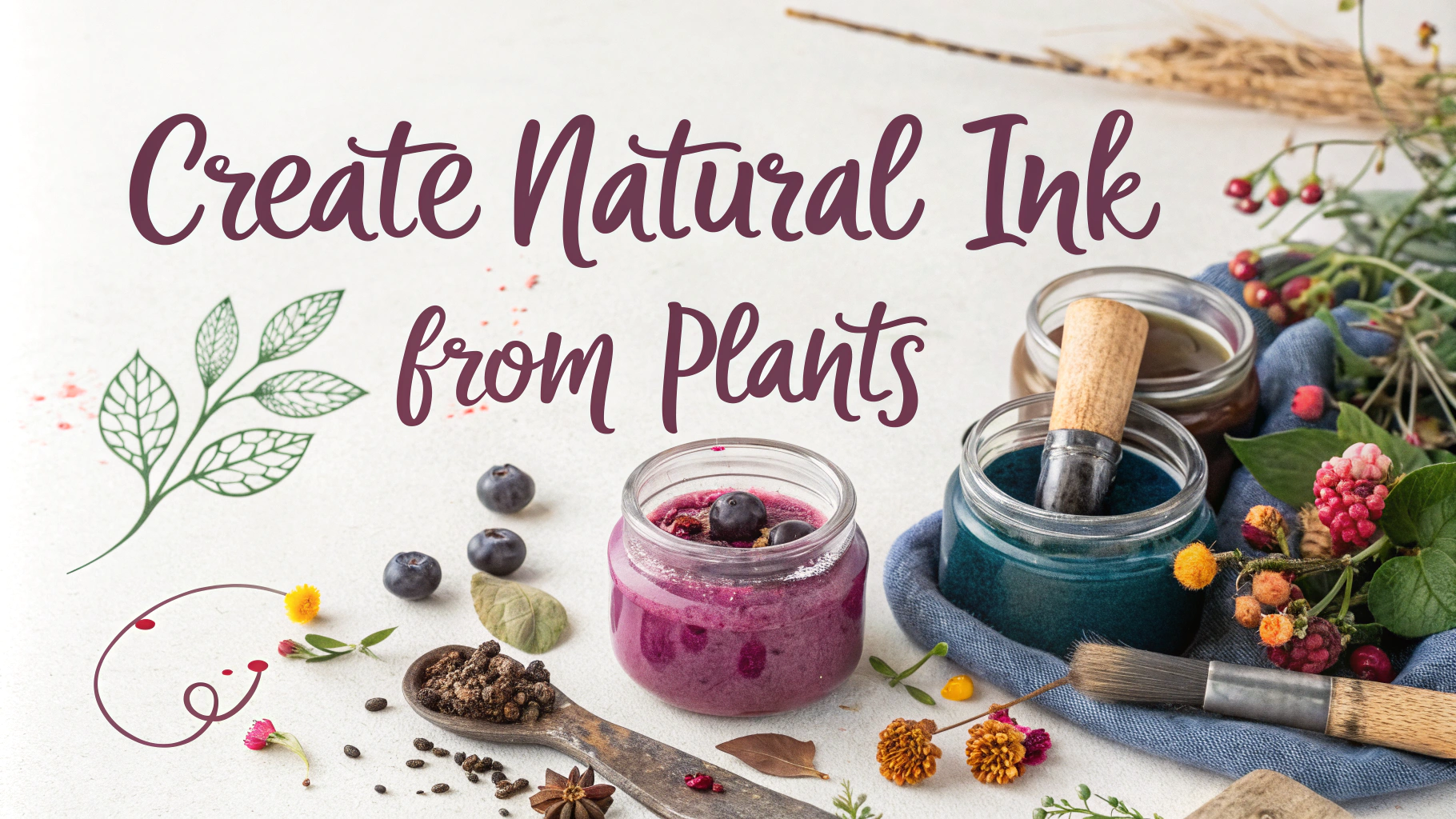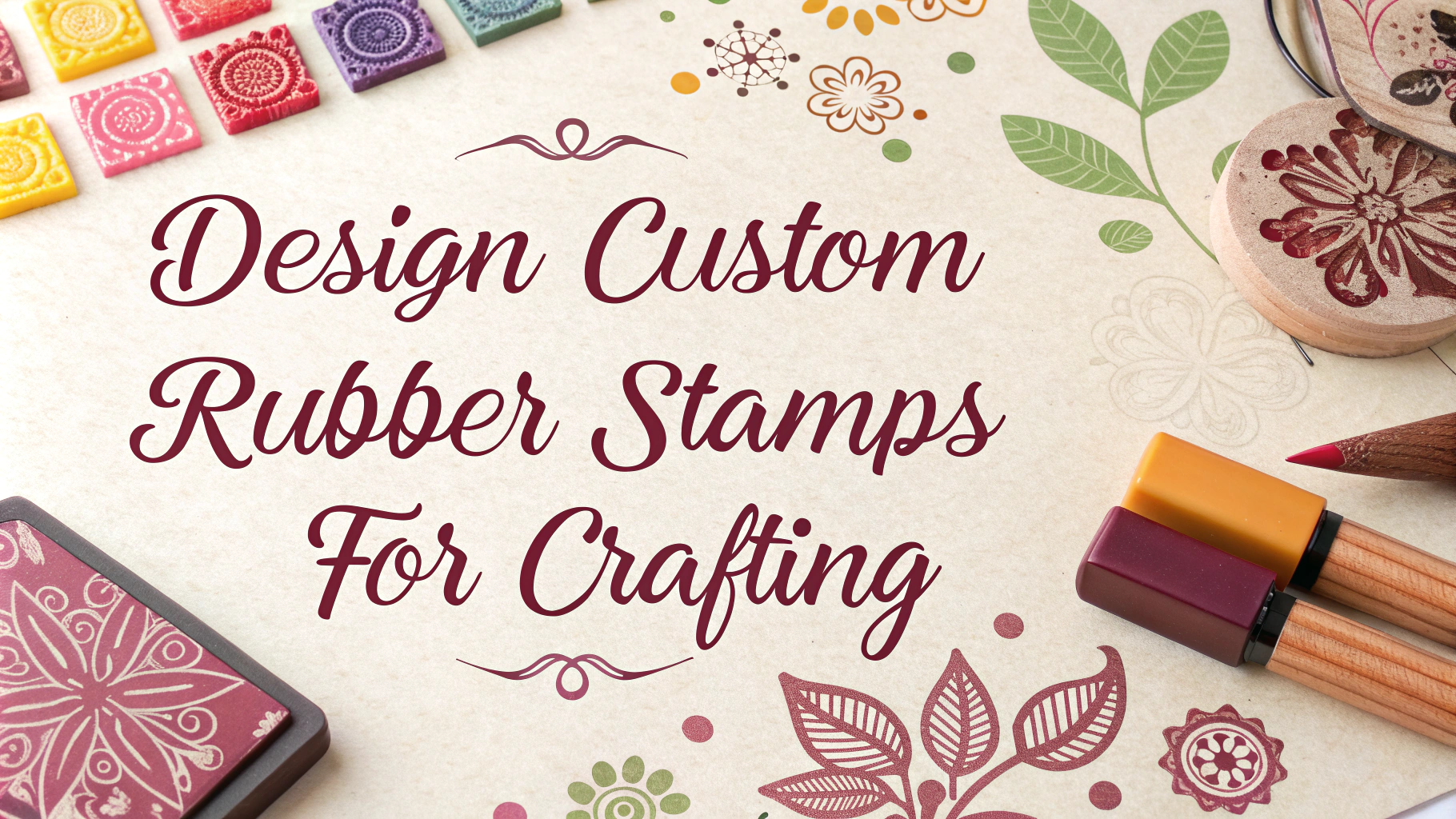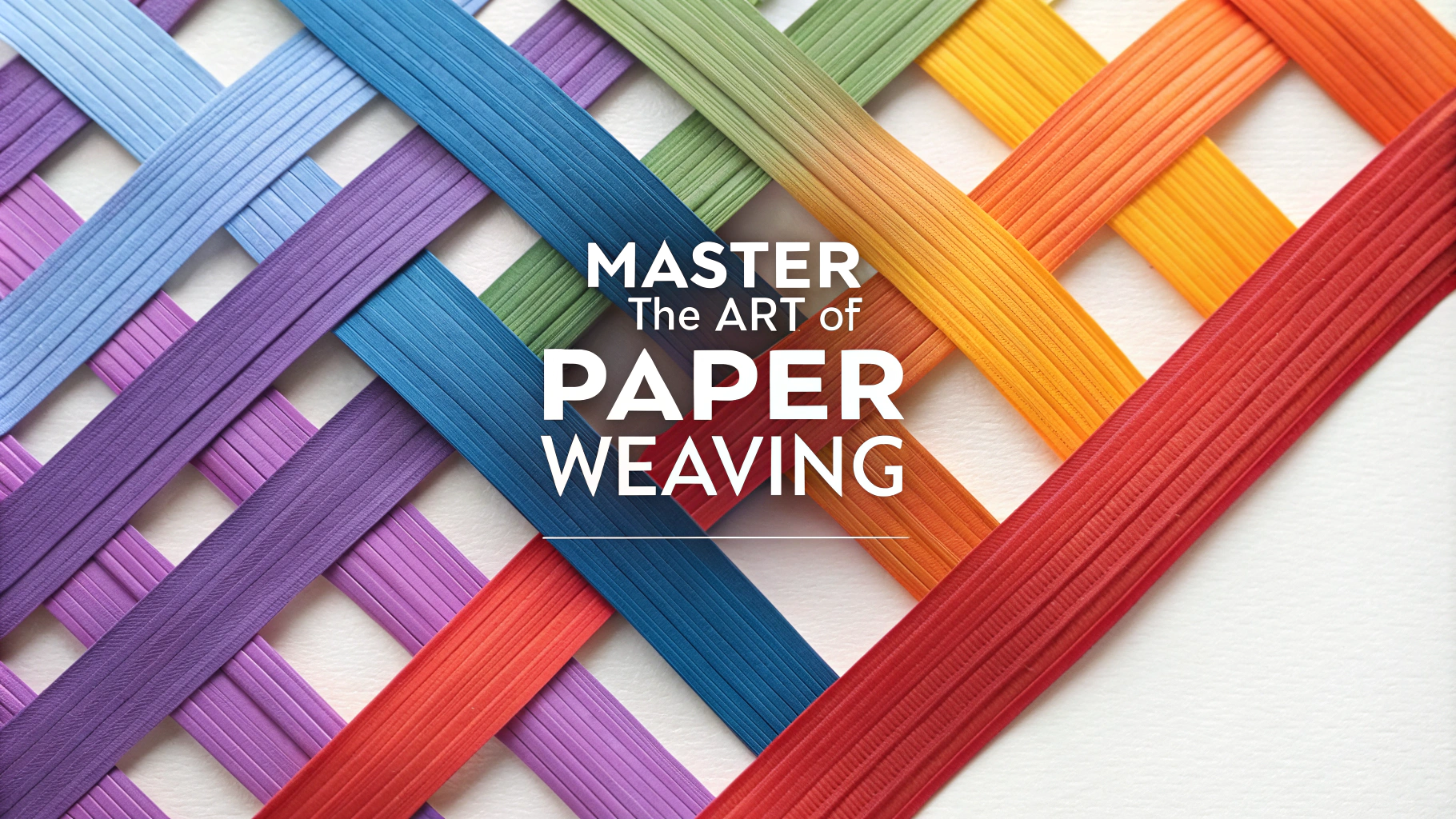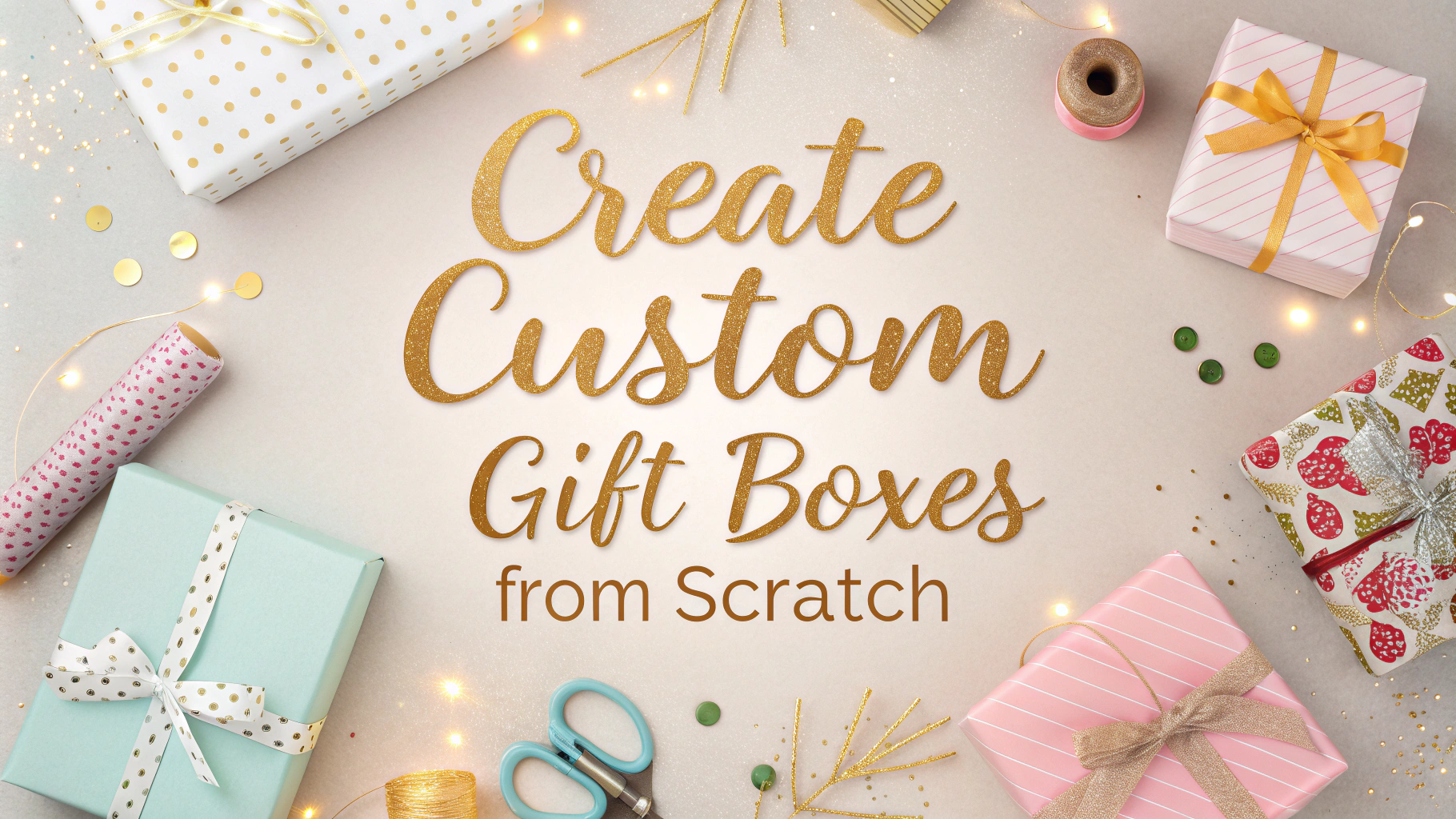Creating lifelike paper flowers opens up endless possibilities for home decor, events, and gifting without the maintenance real flowers require.
Essential Materials
- Crepe paper (180 gram weight recommended)
- Wire stems (18-22 gauge)
- Floral tape
- Sharp scissors
- Hot glue gun
- Pencil for tracing
Basic Techniques
Start with simple rose patterns to master basic petal shaping and assembly techniques.
Petal Shaping Tips
- Stretch crepe paper gently along the grain for natural-looking curves
- Cup petals inward using your thumbs
- Create texture by gently crimping edges
Step-by-Step Rose Tutorial
- Cut 5-7 petals in graduating sizes
- Shape each petal by stretching center slightly
- Start with smallest petals, wrapping around wire stem
- Secure with floral tape at base
- Layer larger petals, overlapping slightly
Popular Flower Types to Create
| Flower Type | Difficulty Level | Materials Needed |
|---|---|---|
| Roses | Beginner | Red/pink crepe paper, wire, tape |
| Peonies | Intermediate | Multiple shade papers, thick wire |
| Dahlias | Advanced | Fine crepe paper, thin wire, patience |
Color Selection Tips
- Mix slightly different shades for depth
- Use color photos of real flowers as reference
- Add subtle white highlights for dimension
Storage and Care
Store paper flowers in a cool, dry place away from direct sunlight to prevent fading.
Dust gently with a soft makeup brush or air duster for maintenance.
Recommended Suppliers
- Paper Source (www.papersource.com)
- Castle in the Air (www.castleintheair.biz)
- Carte Fini (www.cartefini.com)
Need personalized help? Join paper flower making communities on Facebook or Instagram using #paperflowers to connect with other crafters.
Advanced Techniques
- Double-layered petals for fullness
- Wire-edged petals for realistic positioning
- Painting edges with chalk pastels
- Creating realistic centers and stamens
Common Mistakes to Avoid
- Using paper that’s too lightweight
- Cutting against the paper grain
- Applying too much glue
- Making petals too uniform in size
Creating Arrangements
Basic Guidelines
- Vary flower heights and sizes
- Include foliage for natural look
- Group flowers in odd numbers
- Consider seasonal combinations
Projects and Applications
- Wedding bouquets and centerpieces
- Home decor installations
- Photography backdrops
- Gift toppers and packaging
Conclusion
Paper flower crafting combines artistic expression with technical skill to create lasting botanical art. With practice and patience, crafters can develop their unique style while preserving the beauty of flowers in perpetuity. Start with basic designs and gradually progress to more complex flowers as skills develop.
Remember to experiment with different techniques and materials to find what works best for your creative vision. Join the growing community of paper flower artists to share experiences and continue learning new methods.
FAQs
1. What are the best types of paper to use for creating realistic paper flowers?
Crepe paper, tissue paper, and high-quality cardstock are ideal. Crepe paper is particularly good for creating realistic petals due to its stretchable texture and natural-looking grain.
2. How long does it typically take to make one realistic paper flower?
Depending on the complexity and size, a single flower can take 30 minutes to 2 hours to complete. Simple daisies take less time, while intricate roses or peonies require more detailed work.
3. What essential tools do I need to make paper flowers?
Basic tools include scissors, wire cutters, floral wire (18-26 gauge), floral tape, glue gun, craft knife, and cutting mat. Optional tools include paper crimpers and petal shapers.
4. How can I make my paper flowers appear more realistic?
Use color shading techniques, create texture through gentle manipulation of the paper, curve petals naturally, and layer multiple petals with slight variations in size and shape.
5. What is the best way to store paper flowers?
Store them in a cool, dry place away from direct sunlight to prevent fading. Avoid compressing them, and consider using tissue paper between blooms to maintain their shape.
6. How do I prevent paper flowers from getting dusty?
Use a soft makeup brush or hair dryer on cool setting to gently remove dust. You can also spray them lightly with UV-resistant clear sealant for added protection.
7. What type of glue works best for paper flower construction?
Hot glue is most commonly used for quick, strong bonds. For delicate papers, tacky glue or paper-specific adhesives are better options as they don’t damage thin papers.
8. How can I achieve realistic color variations in paper flowers?
Use chalk pastels, watercolors, or ink to create gradients and color variations. Apply colors before assembling the flower, focusing on darker shades at the base of petals.
9. What are the most beginner-friendly flowers to start with?
Daisies, tulips, and simple roses are excellent choices for beginners as they require basic techniques and fewer petals to construct.
10. How do I properly attach paper flowers to stems?
Wrap floral wire with floral tape to create the stem, then attach the flower base using hot glue. Secure it by wrapping additional floral tape around the connection point.


